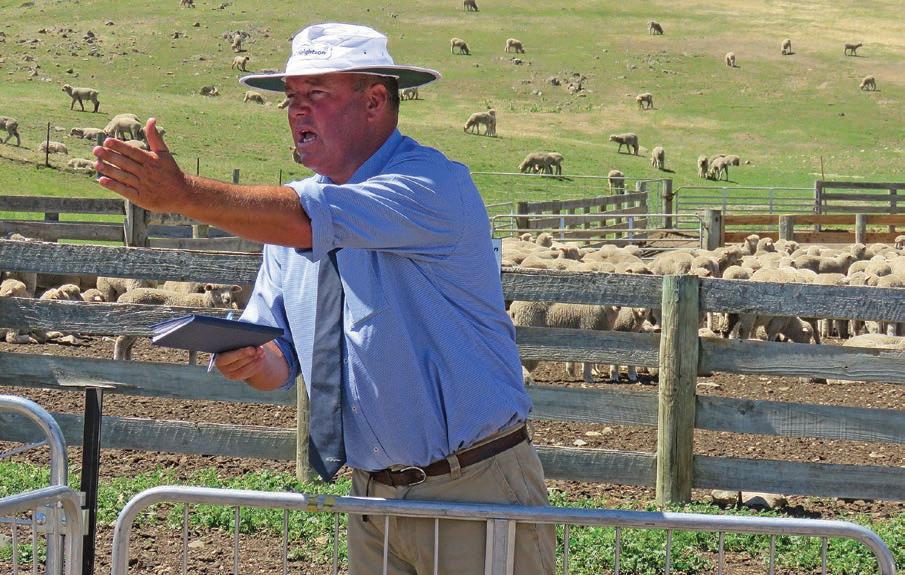17 Water supply reform coming Vol 19 No 2, January 18, 2021
farmersweekly.co.nz
$3.95
Incl GST
Shipping disruptions continue Neal Wallace
E
neal.wallace@globalhq.co.nz
XPORTERS scrambling to find containers and shipping space are being warned the issue is unlikely to be resolved for this year’s peak export season. Shipping rates to New Zealand have increased fourfold since April, access to shipping containers is being hampered by port congestion caused by resurgent global demand some vessels are not backloading empty containers.
It is serious and likely to go on for at least the first quarter of this year and into the second quarter. Rosemarie Dawson CBAFF The problem has been accentuated by industrial action at Australian ports and capacity issues and a skilled worker
shortage at the Port of Auckland. “This is proving disruptive to the NZ supply chain with congestion and gaps in schedules increasing landside costs and putting pressure on service levels,” Kotahi, NZ’s largest containerised exporter, chief executive David Ross said. In a podcast to shareholders, Silver Fern Farms (SFF) supply chain manager Dan Boulton says key ports in China, the UK and North America were congested or closed due to congestion, disrupting global shipping schedules and forcing some ships to bypass NZ ports. Ross says the value of strong strategic partnerships was coming to the fore during this crisis. “Working collaboratively with our customers and partners, we have been managing this situation for a number of months and continue to operate at close to 99% container availability with good access to vessel space,” Ross said. Ministry of Transport supply chain manager Harriet Shelton describes the situation as the culmination of a perfect storm, which is amplified by NZ entering its peak trade season. “These international and domestic factors combine to result in a backlog in both imports and export containers, and difficulties
SUCCESS: Megan Whitehead acknowledges her achievement of setting a new solo women’s nine-hour record of shearing 661 lambs last week. Photo: Nat Wick
Record-breaking day in wool shed Neal Wallace neal.wallace@globalhq.co.nz SEVEN months of training – which meant removing bread, caffeine and sugar from her diet – paid off for 24-year-old Gore shearer Megan Whitehead, when she set a new solo women’s record of 661 lambs last week. She began the nine-hour day
in distributing empty containers around the NZ coast for exports,” Shelton said. Strong global demand for shipping has caused an increase in container base rates and
strongly in a hot Southland wool shed, clipping 153 speciallybred Snowline lambs in the first run, then followed that with subsequent runs of 132, 126, 125 and 125. The previous record of 648 was set by Waikato’s Emily Welch in 2007, and she was on hand to watch Whitehead’s successful attempt. Speaking after her marathon
the imposition of congestion surcharges. “As of December 2020, maritime freight base rates to NZ have risen fourfold since April and remain at historic highs,” she said.
day, Whitehead described the feat as unbelievable, but downplayed it saying she was one of many capable female shearers. She also spoke of her sacrifice, going to a gym six days a week even after a day’s shearing, changing her diet and spending recent months working in Hawke’s Bay and King Country to prepare.
And, trade is picking up. “For example, across the country as a whole, for the month of December 2020, full container
LIKE TO PUT BACK IN WHAT YOU GET OUT? THE FEELING’S MUTUAL.
As a mutually owned insurer, any profits we make go straight back into the business, not shareholders’ pockets. If that sounds good to you, ask around about us. Or better still, call us now on 0800 366 466. FMG0862FWFPS_M
We’re here for the good of the country.
Continued page 5


